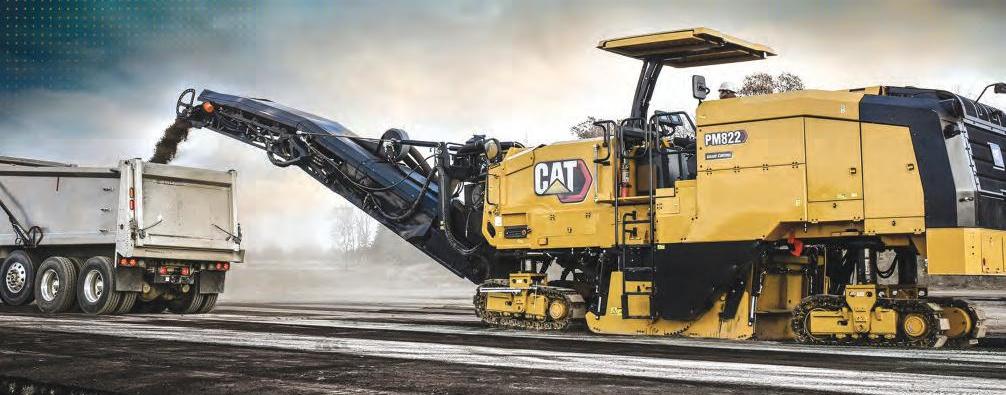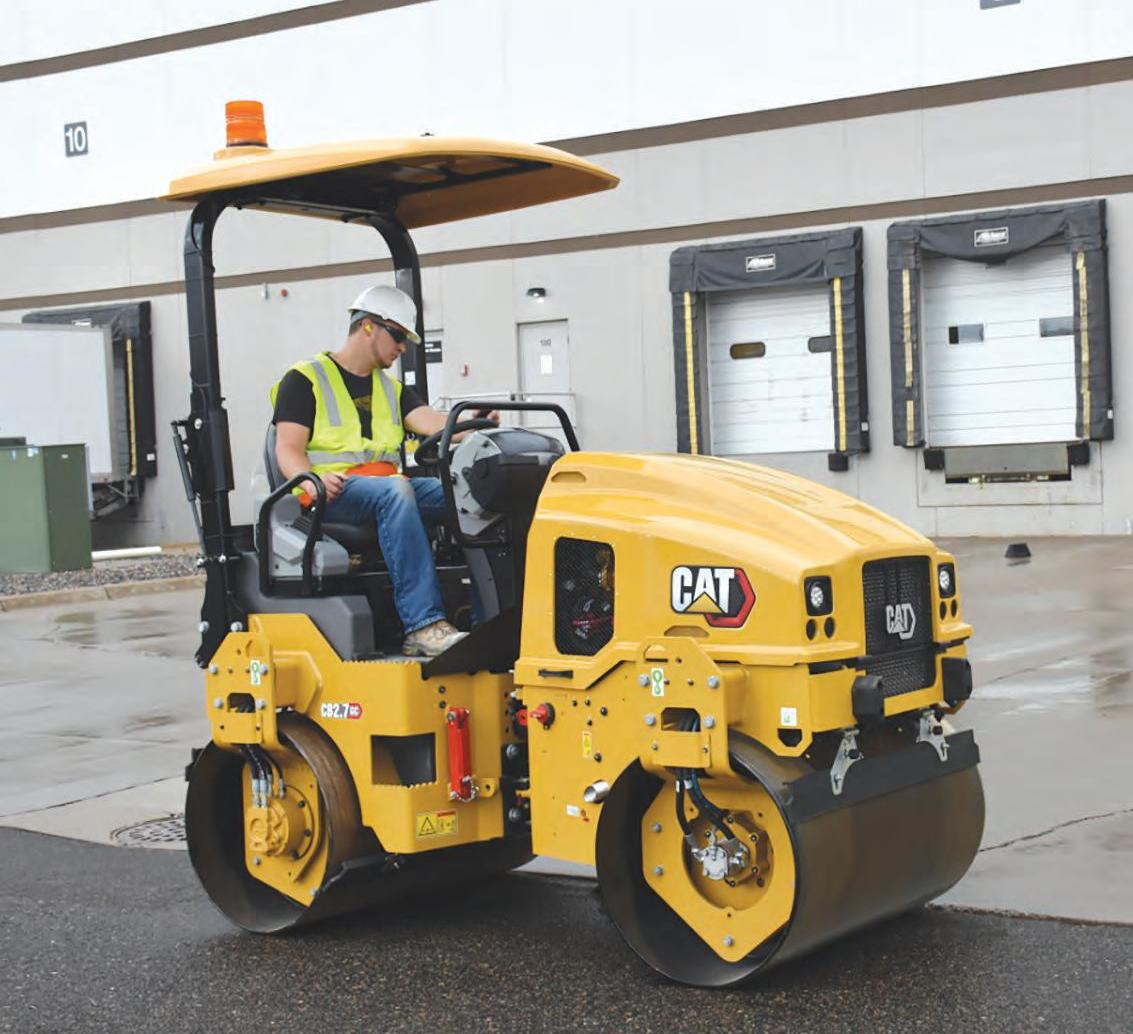Page 12 • April 21, 2021 • www.constructionequipmentguide.com • CONSTRUCTION EQUIPMENT GUIDE
Report: 6M Cars Use Deficient Spans in N.C. Each Day
GOOD BUYS ON
NEW & USED IRON
2006 LEEBOY 300B, GOOD COND.. 2006 HITACHI ZX160LC, 9532 HRS 2015 BOMAG BW211D-50, 4112 ............................................$4,900 36" BUCKET & MAIN PIN HYD HRS DEUTZ DIESEL 75% RUBBER THUMB. U/C 40 TO 50% DRY & VERY GOOD COND ..........$52,500 TIGHT, RUNS OUT GREAT, JOB READY ..............................$49,500
2005 HITACHI ZX200LC, 9200 HRS 2005 LEEBOY 400S, GOOD COND .. (2) CAT FUSION COUPLER FORKS, 60% U/C 42" BUCKET WITH MAIN ..........................................$6,000 LIKE NEW 84” & 96” CARRIER 72” PIN HYD. THUMB. OVERALL VERY HD FORKS ................$5,500 EACH GOOD COND ....................$45,500
PACCAR PA56 CAT D6T WINCH, NEW WIRE ROPE, EXCELLENT CONDITION ......................$15,000
Guy Roof 2036 Bishop Rd. Greensboro, NC 27406
336-382-9715 cecarolinasinc@aol.com Free Delivery within 200 Miles!
Motorists traversing the Tarheel State must contend with increasing traffic, particularly in the urban areas of the state, but also driving across thousands of bridges in moderate to dire need of repair. That’s according to a new report from the American Road and Transportation Builders Association (ARTBA). As many as 5,000 bridges require improvements, the report found, with 1,500 of them deemed to be “structurally deficient,” meaning a key element of the structure is in poor or worse condition. ARTBA now ranks North Carolina the 10th worst in the nation for the number of structurally deficient bridges. Ironically, the state has moved up in the ranking since the association’s last report in 2019 when it was rated sixth. While an estimated six million cars drive over these bridges each day, they represent only around 8 percent of the state’s total bridges, according to Durham’s WTVD-TV. Steve Abbott, a spokesperson of the North Carolina Department of Transportation (NCDOT), told WTVD that drivers are safe on the state’s bridges. “If it’s judged the route is unsafe, it’s shut down that day,” he explained. “It doesn’t really matter if it’s a two-lane road out in the middle of nowhere or if it’s a bridge on Interstate 40, it gets shut down. We do not allow an unsafe bridge to be open.” North Carolina’s approximately 18,000 bridges undergo an inspection at least once every two years, noted Abbott. Right now, the NCDOT estimates that it would cost around $4 billion to repair every flawed bridge to get them in good shape, but the department has a goal of bringing 70 percent of them to that higher standard. The problem for the NCDOT is that it only budgets around $433 million annually for bridge improvements, meaning the agency must prioritize which bridges to fix. About a third of the 25 most travelled and structurally deficient bridges are in the Triangle, specifically in Wake (Raleigh) or Durham counties. The most traveled, the I-40 bridge over Walnut Creek in Wake County, has 118,000 daily crossings. Abbott said the county’s three poorest bridges with the most traffic are already undergoing repairs, according to WTVD. Joe Milazzo II, the executive director at the Regional Transportation Alliance (RTA) in Raleigh, told the television station that the ARTBA report helps reinforce the need for investment in all infrastructure. “Transportation is really about investment in our community, and investment in our people,” he noted. “And when you think about investment, it’s about who lives here now, and who’s coming, and both are very important. We can’t just wait for the future. It can’t just be about the future, but it can’t only be about today. It has to be about both.” RTA advocates for transportation improvements on behalf of the business community in each Triangle community, see BRIDGES page 24











